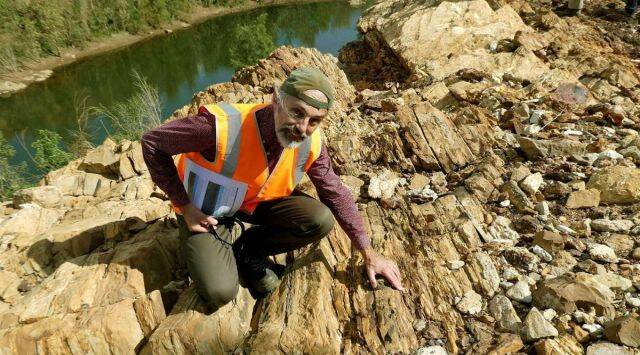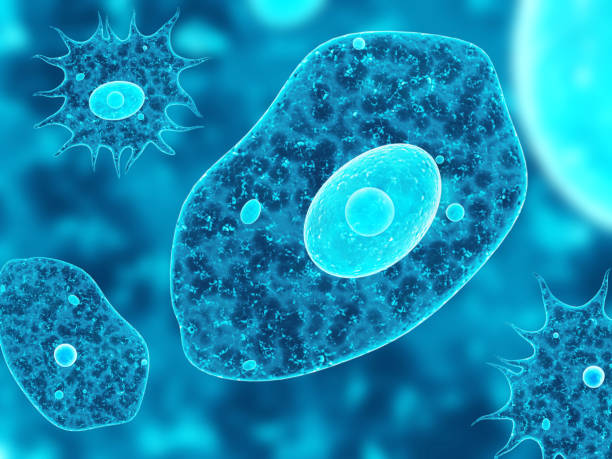Scientists are gaining insight into what they call a “lost world” of microbes which were the ancient predecessors of Earth’s fungi, plants, algae, and animals, including humankind, through the discovery of fossilized traces of a cell membrane constituent in rocks extending to approximately 1.6 billion years.
The study undertaken by researchers from The Australian National University reveals that the microbes are from a period of time known as the Proterozoic Aeon, which is cloaked in mystery due to sparse fossilized evidence of the microscopic organisms that lived in Earth’s oceans but are equally vital in the formation of a multifaceted life.
The Structure and Functioning of the Fossil
These tiny organisms, also referred to as the “Protosterol Biota,” belong to the category of eukaryotes. These extinct animals were prevalent in marine habitats throughout the world and likely influenced ecosystems for a significant portion of Earth’s history. According to the researchers, the Protosterol Biota predated the emergence of any animals or plants by at least a billion years.
The recently discovered fossils are of a primitive form of steroid, which is a molecular structure of fat that had a crucial role in the development of the cell membranes of the initial members of the eukaryotic kingdom, which is the current dominating group of species. Eukaryotes have an intricate and elaborate cell structure that includes a mitochondrial nucleus, which serves as the cell’s power source, and other sub-cellular organelles.

Even though they were essentially minor, the organisms could have previously contained ferocious predators that attacked smaller microbes and other eukaryotes. Even though some “body” fossils of early eukaryotes date to over 1.6 billion years, considering how many microbial remains are preserved from that era, it had been assumed that the early eukaryotic organisms were only minor characters in a greater narrative. The researchers found that rocks dating between 800 million years ago and 1.6 billion years ago had numerous molecular remains showing the existence of these early eukaryotes.
It is unclear from the newly discovered fossils what the species’ size, appearance, behaviour, and sophistication are, including if they all had single-cell membranes or if some of them were multicellular. Instead, the fossils only contain the molecular residues of the organisms.
The Implications of a Lost World
Considering that these microbes have lately been entirely extinct, it is therefore referred to as a lost world. Approximately eight hundred million years ago, their extinction opened the door for the spread of contemporary eukaryotic species.

Earth’s surface regions were covered in bare rock when the earliest eukaryotes lived there. Still, the bottom was covered in dense mats of microbes, and poisonous hydrogen sulfide gas occasionally found its way into the oceans.
Eukaryotes were considered to be scarce or relegated to marginal areas like coastlines or waterways, and it was previously believed that oceans were primarily bacteria-rich broth. Instead, the fossilized steroid molecules discovered locked in sedimentary stones accumulated on prehistoric ocean floors show that eukaryotes were unexpectedly common. In the distant Outback of northern Australia, near Darwin, the most ancient rocks containing these fossils were discovered.
Moulds, animals, plants, and single-celled organisms like amoebae are examples of contemporary eukaryotes that live on Earth. The Last Eukaryotic Common Ancestor is the universal progenitor of all nucleated life, including humans.













